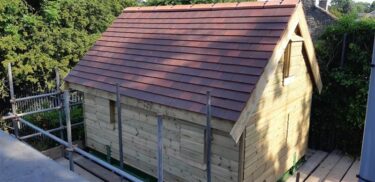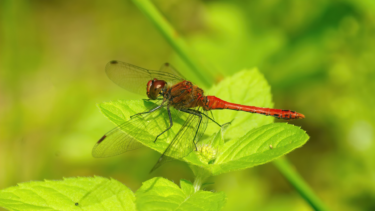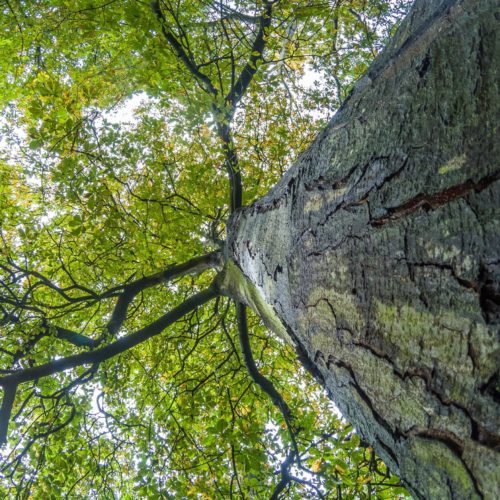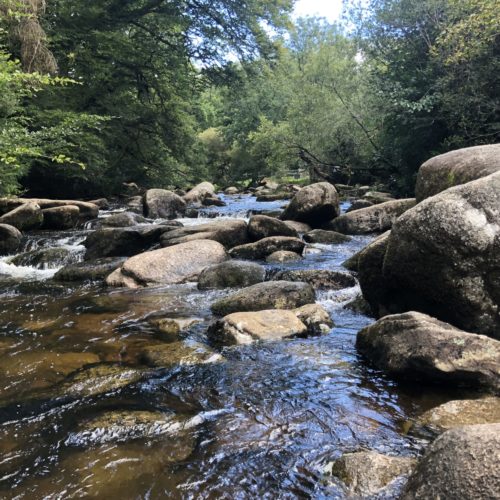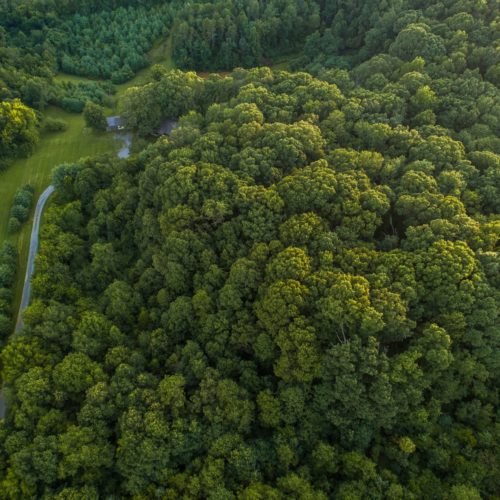Tree management
Tree risk survey
The basic way to do this is to have the trees inspected by a qualified tree consultant, who can conduct a tree risk survey, also known as a tree hazard survey or health and safety tree survey.
A more comprehensive and defendable approach would be to implement a tree risk management system and this would set out: an auditable process should there be an incident; assessment of risk methodology to provide consistency; and details of actions to be taken to reduce risk to an acceptable level.
Tree risk management policy
The system above would be encompassed within an overarching Tree Risk Management Policy. Within that document it would set out the frequency of inspections required for high-risk areas such as busy roads, dwellings, schools and leisure centres, or less frequently in places with fewer visitors such as rural footpaths and agricultural buildings.
Management plans
Specialist management plans can be written for diseases such as Ash Dieback (Hymenoscyphus fraxineus) that are commonly referred to as ‘Ash Dieback Action Plans’ or for dedicated tree stock such as veteran trees that require a longer term approach.
Tree management strategies
The longer term management of a wider tree stock to set planting, maintenance and management objectives and guidance is delivered through a strategy document. These can incorporate planning and pruning policies so are ideal for tree stock managers to refer to, and, as with all documents, can be periodically reviewed and updated.
Planting
The best form of management is informed planting. Along with the management of existing trees we provide advice on the next generation of tree stock.
Talk to us today about how we can help you mitigate any risk your trees may present or any planting opportunities you have.


